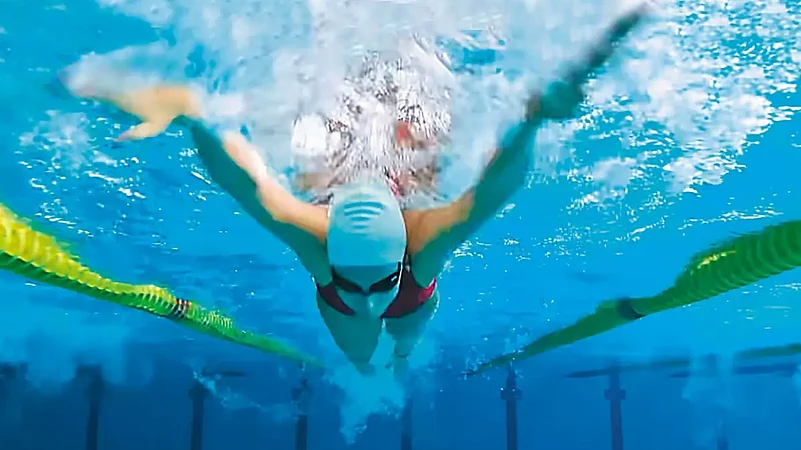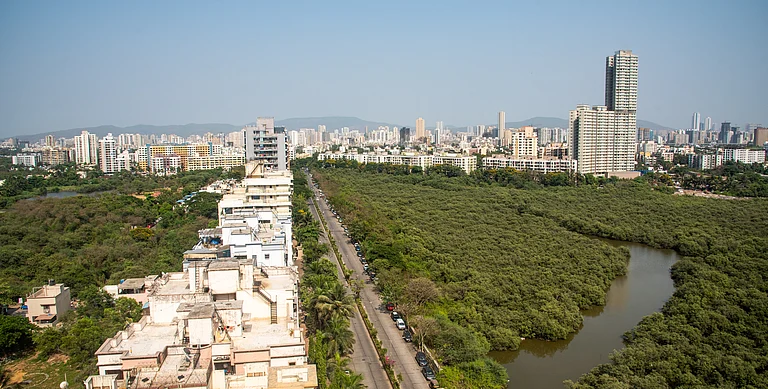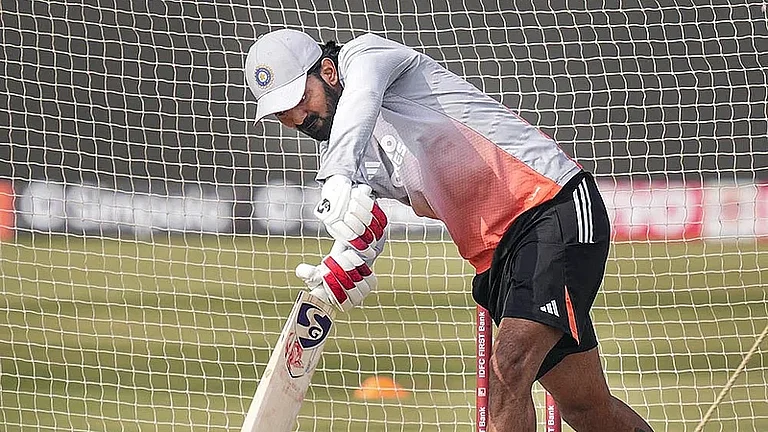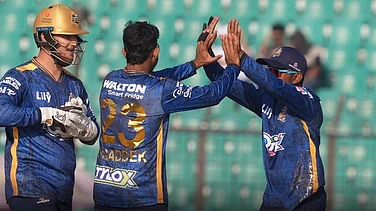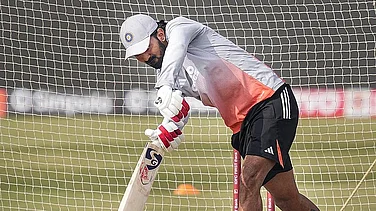This April in London, the sporting world witnessed a montage loaded with meaning. With Buckingham Palace in the background, Sifan Hassan, a 30-year-old Ethiopian, who had sought asylum in The Netherlands when she was 15, strode her way to an unlikely win in the London Marathon. The image captured the power of sport to bring together different countries and cultures, and to provide a life of purpose and recognition to refugees. Details of Hassan’s migration from Ethiopia to The Netherlands are sketchy. What is known is that it happened in 2008. After arrival, Hassan stayed at a refugee centre for minors for eight months, crying at night, feeling as if she was in prison. But running was her goal and it liberated her. Once her spark was spotted by coaches, one thing led to another. Now Hassan is a phenomenon of track and field, with two golds at the 2020 Tokyo Olympics (5,000 m, 10,000 m) and a bronze (1,500 m), and a reputation for turning convention on its head. The London Marathon, for example, was her first attempt at the 42 km event. She had a strained left hip and was fasting due to Ramadan. Yet she won.
There are many such inspiring stories of refugee athletes. The sheer effort they make to get out of their home countries, and then attain sporting excellence, motivates millions of people around the world. The movie The Swimmers showcased the improbable journey of Yusra Mardini from the bombed out swimming pools of Damascus, Syria, to Olympic cheers in Rio. The journey of Yusra and her sister Sarah was remarkable because they almost drowned in the Aegean Sea on their way from Syria to Greece in an overloaded rubber dinghy.
With nearly 20 people aboard, instead of its capacity of six or seven, the boat started losing the battle to the mighty ocean. But the sisters and a few other brave co-passengers jumped into the sea and swam alongside the boat for about three hours, reducing the load on the vessel. “Swimming has taught me a lot: it has taught me patience; it has taught me to know when to ask for help; and, it saved my life,” says Mardini. “Most of all, it taught me to try again. If you’re going through something tough, it doesn’t mean that it is over.” Speaking for refugees, Mardini says, “We are not only refugees. We are like everyone in the world. We can do something. We can achieve something.”
The courageous deeds of the refugees show that sport and determination together can stand up to even the might of the State. Taekwondo player Kimia Alizadeh became Iran’s first female Olympic medalist when she won a bronze at the 2016 Rio Games. Many from the country hailed her efforts. But some were stuck in their outdated beliefs of how a woman should conduct herself. “Virtuous women don’t stretch their legs,” was one of Alizadeh’s criticisms. Already, Alizadeh was exhausted of the stifling traditions in Iran, such as having to wear hijab, and of the government taking credit for her success. In 2020, she defected to Germany, and by the time the Tokyo Olympics came around, she was competing for the ROT (Refugee Olympic Team).

“I am one of the millions of oppressed women in Iran whom they’ve been playing for years... I wore whatever they told me and repeated whatever they ordered. Every sentence they ordered I repeated,” Alizadeh wrote on Instagram. “None of us matter for them, we are just tools.”
The creation of the ROT before the 2016 Olympics has been one of the turning points in sporting history. It was announced in October 2015 at the UN General Assembly, less than a month after the image of two-year-old Alan Kurdi lying lifeless on a beach near Turkey broke hearts around the world.
Moved into action, the International Olympic Committee (IOC) tasked national Olympic officials to contact displaced athletes all over the world and select 10 from of a pool of 43 candidates for the Rio Games. The selection criteria include the ability level of the player, their official refugee status verified by the United Nations, and their personal situation and background. And thus the ROT category was born. “By welcoming the team of Refugee Olympic Athletes to the Olympic Games Rio 2016, we want to send a message of hope to all refugees in our world,” said Thomas Bach, the IOC President. It allowed athletes like Mardani and Alizadeh to compete. More importantly, it made a statement to the world—that refugees have a place in the biggest sports event on the planet.
In Rio, the refugee contingent had 10 members. It grew to 29 at the Tokyo Games. The 2024 Paris Olympics contingent is expected to be bigger. Refugee athletes will also compete at the Youth Olympics in Dakar in 2026.
The team is managed by the Olympic Refuge Foundation, which integrates the athletes into sport through its network of officials, coaches and training camps. “Our aim is not only to help refugee athletes train with the dream of qualifying for the Olympic Games, but also to help them in shaping their own future,” the Olympic website says.
Another example of organisers taking the initiative occurred four years ago at the Nahr-el-Bared refugee camp in Beirut, Lebanon. The project also addressed the casual sexism of everyday life with rules tweaked in such a way that they helped the girls come out of their shell. For example, the girls often played with male teammates, but only the girls were allowed to score goals. “This puts girls at the heart of the team and gives them confidence. Importantly, it ensures boys pass the ball to the girls and see them as equal,” Nimtaz-Tanya Noordin of Right To Play said in an interview. “By involving boys… we are sowing the seeds of long-term social change to overcome the deep-rooted discrimination and attitudes that persistently disadvantage girls and women.”
But the story of refugee sports programmes has not all been rosy. Some exploitative gatekeepers have at times denied prize money to athletes, or have treated them with contempt, wanting the athletes to be grateful for just having a room and a career in a more hospitable location than their original home.
According to TIME magazine, between 2017 and 2019, six Sudanese athletes from the Tegla Loroupe Peace Foundation Training Centre near Nairobi left the camp, and with it forfeited their chance of competing in Tokyo. They were fed up with the way they were treated, and of not having control over the prize money they had earned. The problem was not Loroupe, a former winner of the London and New York marathons and a respected figure, but some of the managers and the way things were handled.
All things considered, however, refugees are getting a chance to play at the highest level. As Yusra Mardini says, “I’ve seen people from two countries that have so much conflict walk together as friends, and this is what sport is about.”
(This appeared in the print as 'Sports As Shelter')






